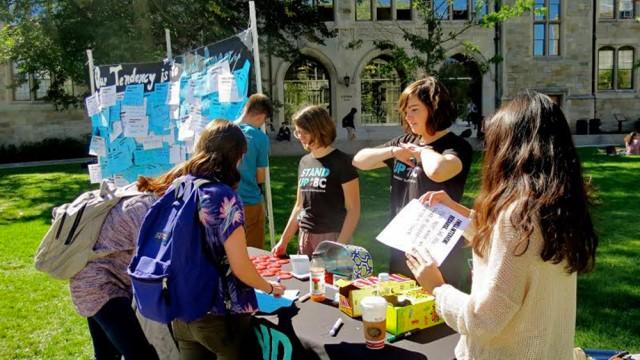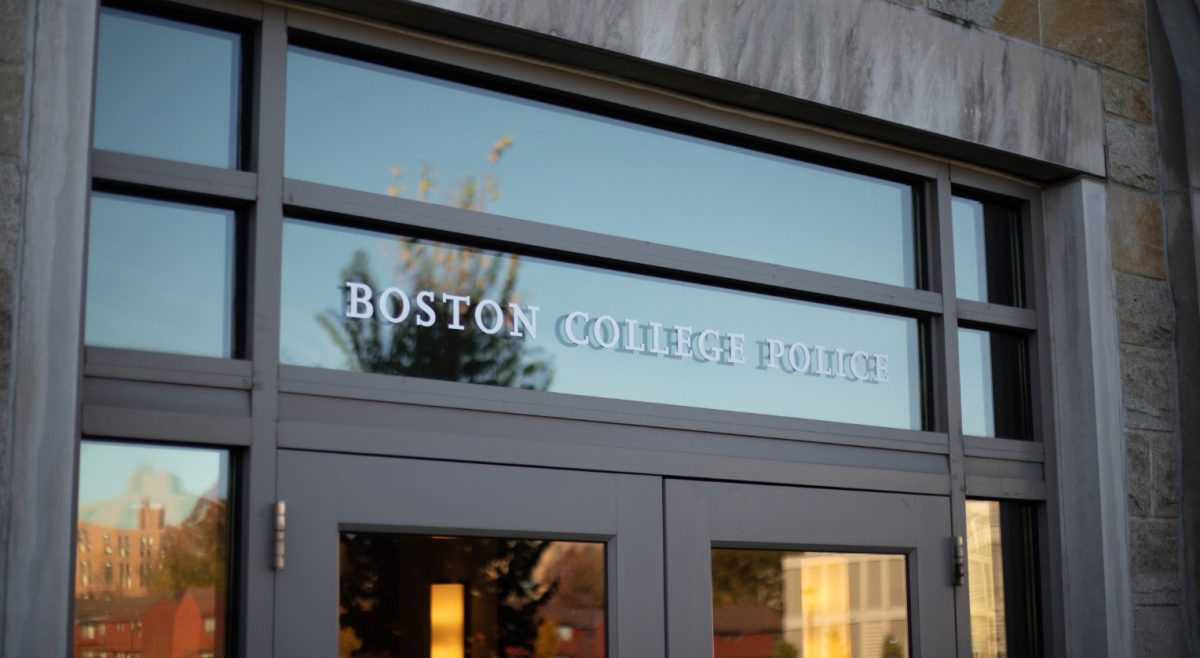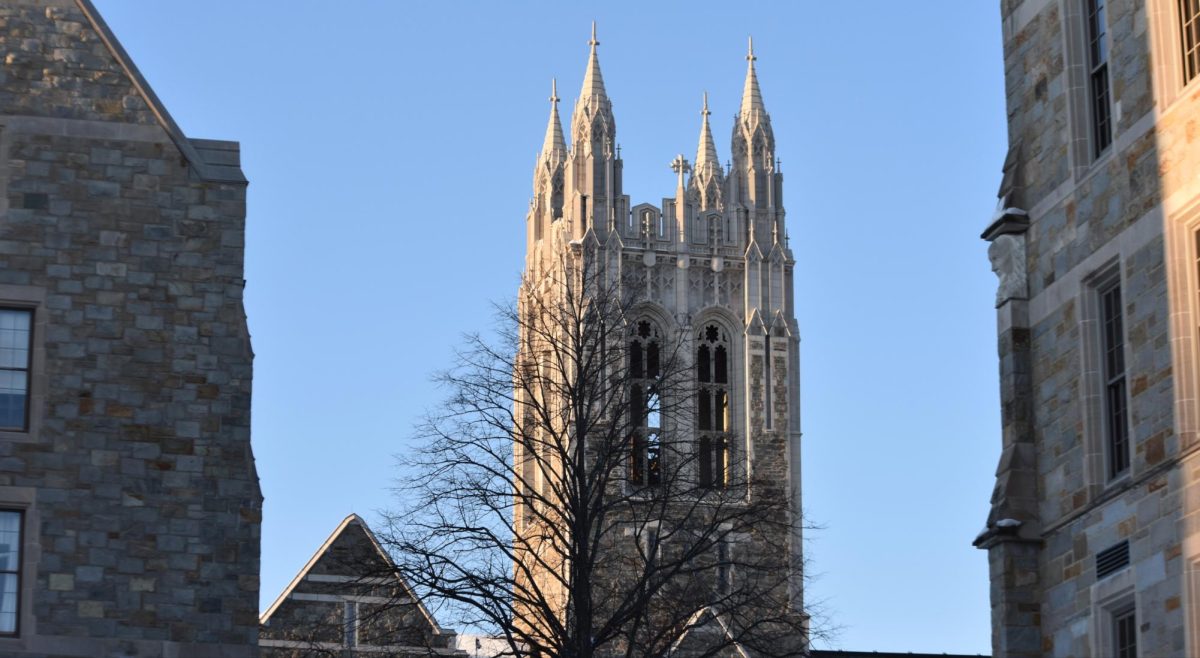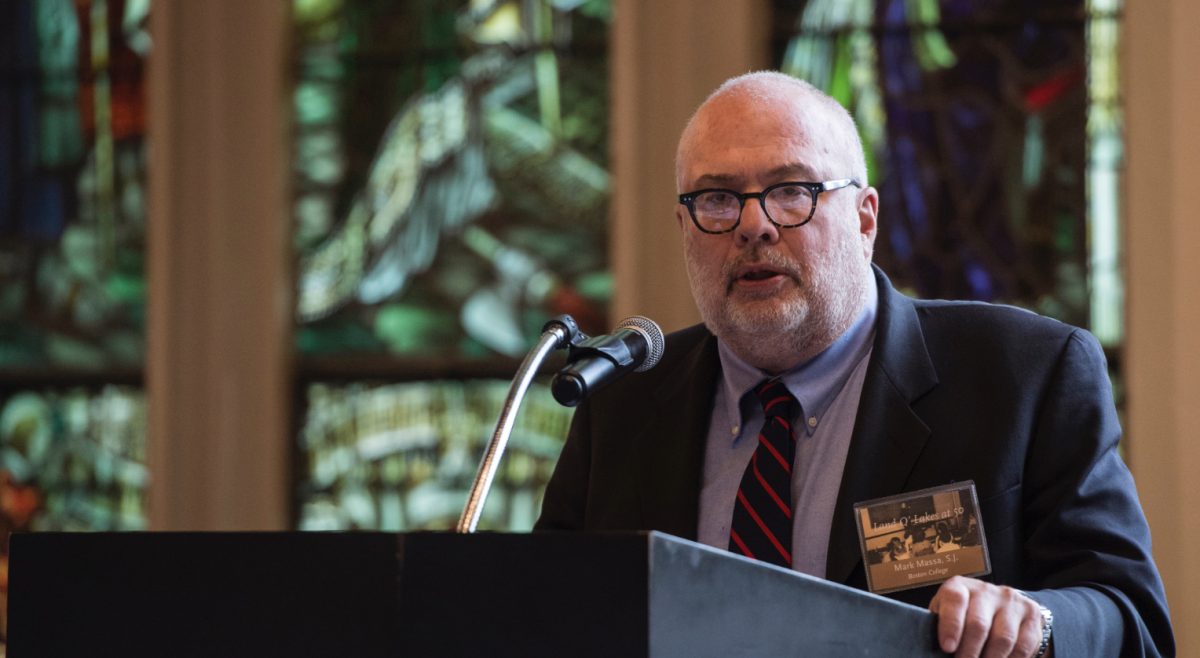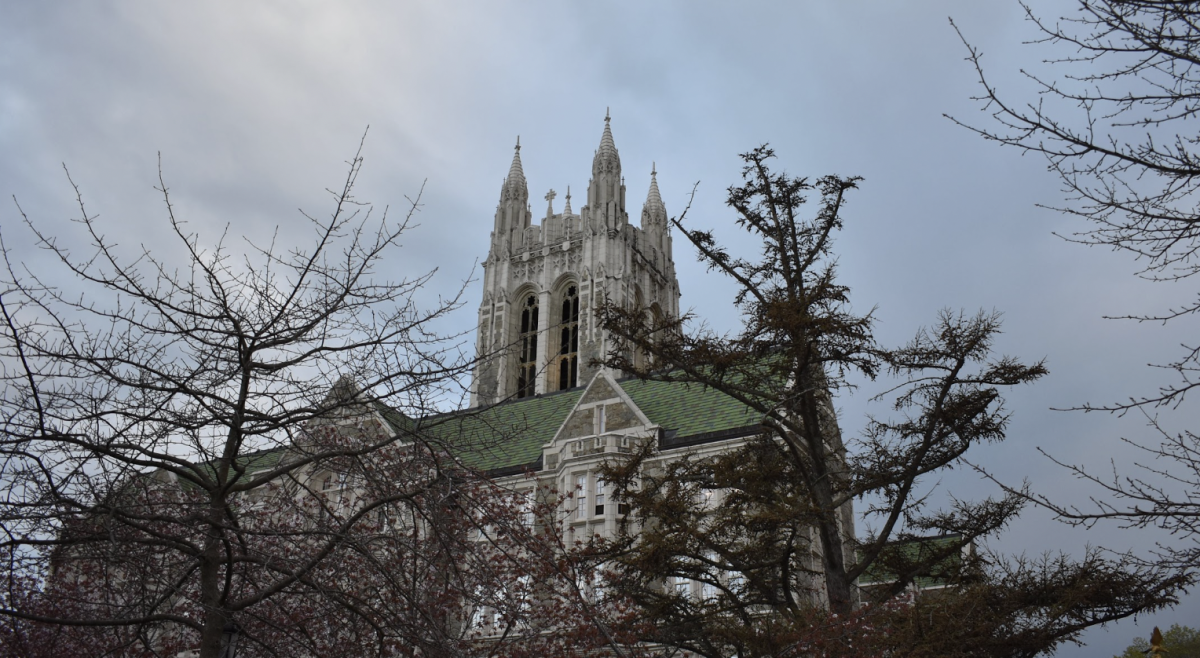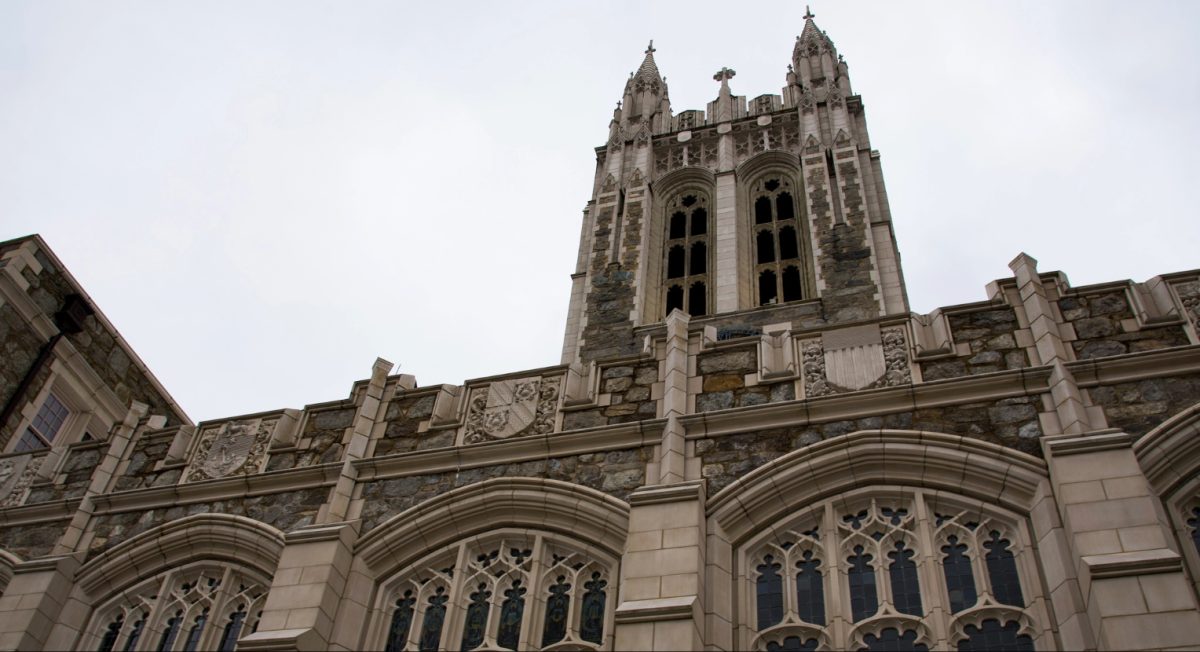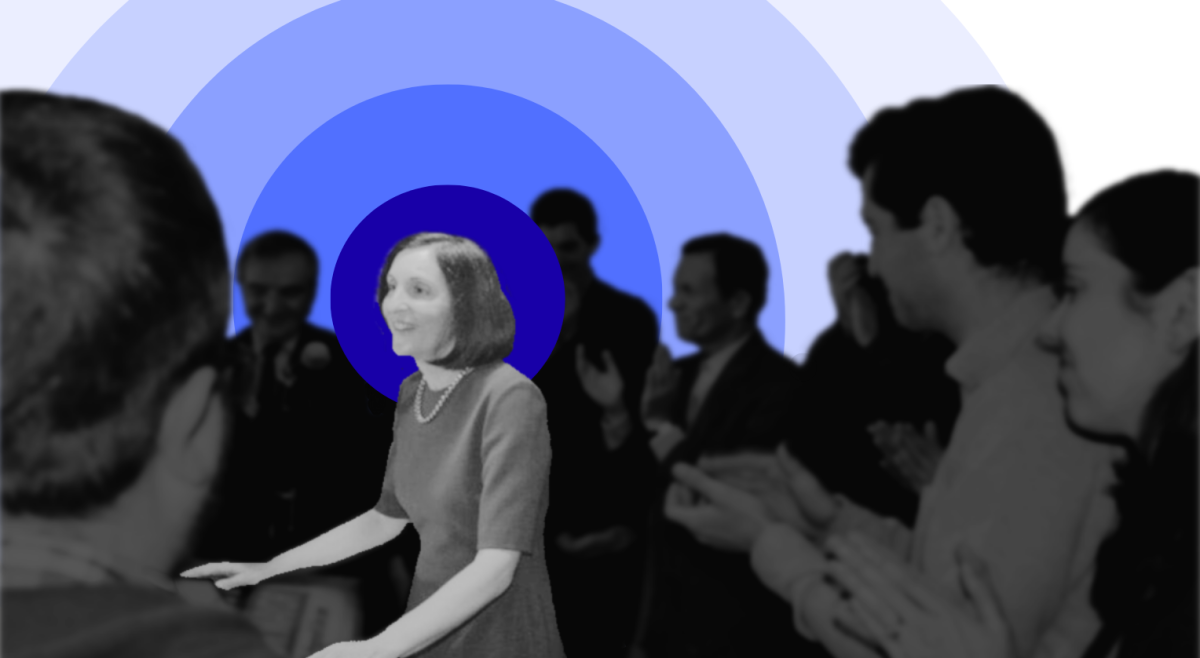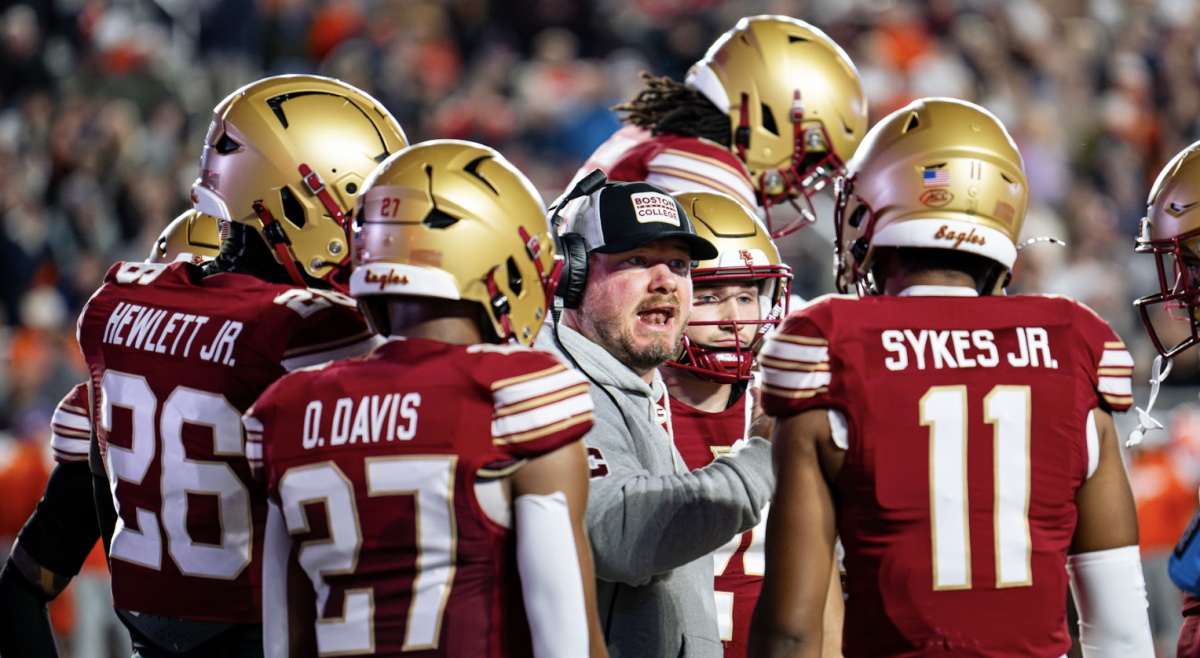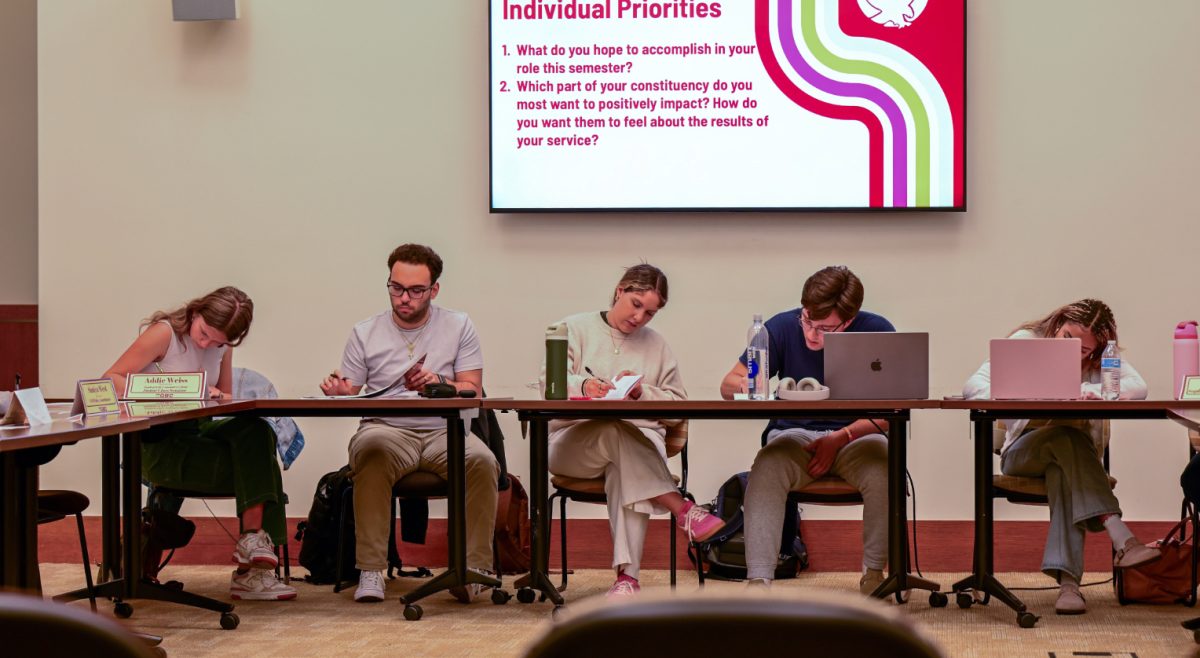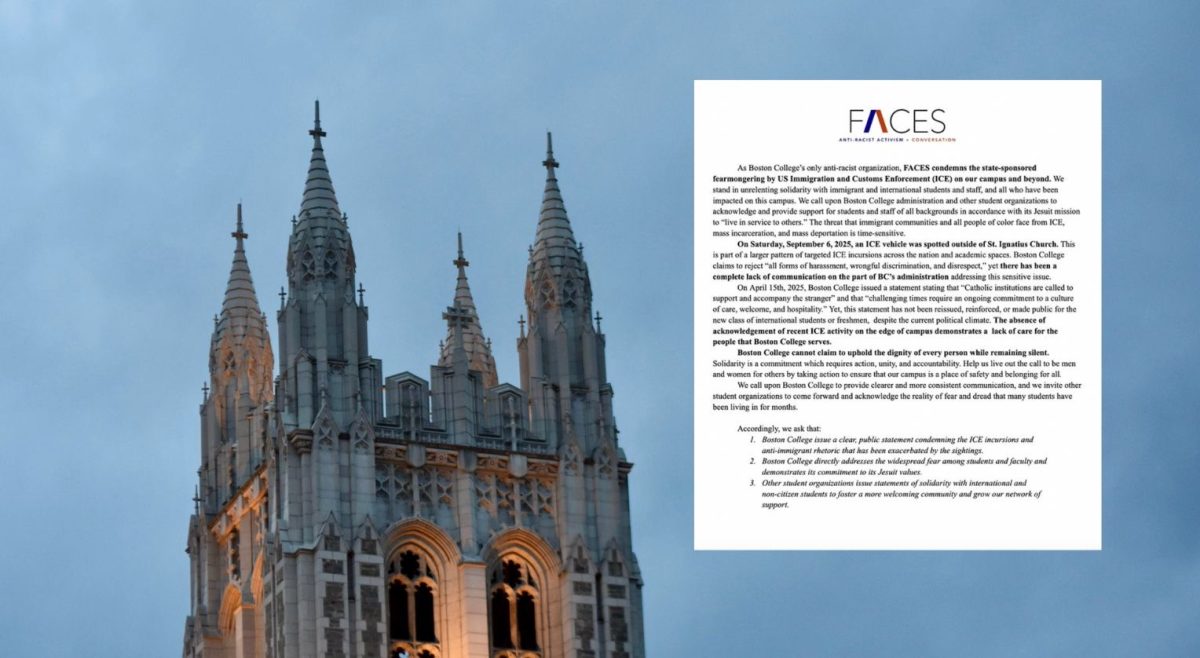The Association of American Universities recently released a survey detailing the climate on sexual assault at 27 different universities across the country—Boston College was not included.
The survey results found that 16.5 percent of seniors reported experiencing sexual touching or penetration as a result of physical force or incapacitation. Senior girls reported experiencing this at a rate of 26.1 percent, while members of the LGBTQ population in the senior grade reported at a rate of 29.5 percent. Senior males reported at a rate of 6.3 percent.
 Nationally, more females than males indicate past assaults. Reported sexual assaults at BC rose to 10 in 2013.
Nationally, more females than males indicate past assaults. Reported sexual assaults at BC rose to 10 in 2013.
At BC, there has never been a community survey regarding the sexual assault climate on campus. The most recent data come from the Clery Act, which mandates that universities release data regarding crimes on campus. Between 2012 and 2013, the reported incidents of sexual assault doubled—from five to 10.
At the Women’s Center, director Katie Dalton estimates that per grade, 237 women will be sexually assaulted at BC—a far cry from the 10 reported incidents.
According to the AAU survey, the most common reason for not reporting an incident of sexual assault is the fear that it would not be taken seriously enough, or that nothing would be done. There is a stigma that can be attached to reporting incidents, Dalton said.
“A lot of these assaults, based on national data, happen between acquaintances, and when we think about Boston College, I think students are probably reluctant to disrupt any type of social circles that they’re in,” she said.
Ideally, the number of reported incidents will go up as students become more aware, and then eventually level off as preventive efforts like Bystander Training take effect, said Catherine Larrabee, MCAS ’16, who is in her second year working at the Women’s Center. Larrabee is also a student representative on the University-wide sexual assault steering committee, which is the group that oversees Title IX/Sexual Assault education, prevention, and response efforts at BC, and reviews policy, practice, and issues related to Title IX on campus.
This past week, the Bystander Intervention Education program hosted a photo campaign in the quad with prompts that read “I will intervene because…” Over 500 people participated, Larrabee said, and the campaign reached thousands online. One of the sheets read, “I will intervene because it’s a social justice issue.”
At BC, the Women’s Center aims to couch the Bystander curriculum within the Jesuit ideals espoused by the University of being a person for others at all times, Dalton said.
“Not just Monday through Thursday during the day, but throughout the weekends, at parties,” Dalton said.
The Women’s Center aims to be a safe space for students seeking support for sexual assault in addition to fostering healing and empowerment for students who have survived abuse. In addition to the SANet hotline and Bystander Intervention, the Women’s Center hosts HEAL, a support group in conjunction with University Counseling Services.
“The Women’s Center is for all students, and we seek to be inclusive by making ourselves a safe place for students to be, especially in the aftermath of a potentially traumatic experience,” said Rachel DiBella, assistant director of the Women’s Center, in an email. “I believe that this is deeply connected to mission as an office and as part of a Jesuit institution.”
Larrabee attributes the jump in the incidents reported to increased education, including mandatory Bystander training for all freshmen, and the humanization of the sexual assault network (SANet) that connects those affected by sexual violence to advocates.
Within the first-year housing communities, plastic folders on the back of bathroom doors advertise SANet and share information about the network and those members of the faculty directly involved. This information adds a recognizable element to an otherwise intimidating phone call, Dalton said.
“It sparks conversations among friends that get these things out from the shadows and makes people feel comfortable reporting,” Larrabee said, alluding to the increased events hosted by the Women’s Center, like Concerned About Rape Education (C.A.R.E.) Week, that strive to educate the student body on what sexual assault means and how to talk to someone about it.
The increased number of reports is encouraging, because it means that students are responding to the educational initiatives—if BC is any indication of national trends, Dalton said, sexual assault is happening here, and all students need to be supported during the healing process.
“In three years, every student will have gone through Bystander,” Dalton said. “So, we hope we’ve reached that tipping point of Bystander helping to encourage students to report, but then at some point we’re going to tip the scales, and because of Bystander, this won’t happen as much and students won’t need to report as much.”
Over the summer of 2014, the University’s sexual assault misconduct policy was revised, from a conduct board to an investigatory model. This shift reflects the best practices in the field, Dalton said. Prior to this change, sexual assault cases were resolved through a board of faculty and staff that would call for evidence and witnesses.
The changed policy, under an investigative model, makes the process less confrontational, as involved students are no longer required to appear at hearings at the same time.
“We think this is a fair and equitable process, and unlike the hearing board model we have both an external investigator and an internal one—both [are] highly trained on the complexities of sexual assault cases,” Katie O’Dair, vice president for Student Affairs and Student Affairs Title IX coordinator, said to The Heights last fall.
The most recent Clery data comes out next month, so it is not until then that the University can see the effect that the changed disciplinary model has had on reported incidents.
Dalton graduated from BC in 2003. As a student, she never noticed a campus conversation on sexual assault. Now, she said, students cannot graduate without having a conversation about it because of the prevalence of programming.
Larrabee, a senior, has noticed that in her nearly four years here, conversation surrounding issues of sexual assault has grown. She acknowledged that it is a difficult thing to measure, especially because she does not know how current freshmen talk about it compared to how she talked about it as a freshman.
“In terms of people’s fourth year rather than their first year, I think people are much more likely to step in, much more likely to recognize situations as wrong and feel like they can do something,” she said. “Hopefully after going through Bystander, they are more likely to see situations as wrong more often than I did as a first-year student.”
BC, like other universities, is at the risk of having sexual assault obscured by the hookup culture or by alcohol. Dalton said that they are conscious of not victim-blaming when talking about alcohol, but rather acknowledging that it is a contributing factor to sexual assaults. Similarly, the perception that everyone is hooking up can camouflage when sexual assaults do happen. It can be difficult to ascertain what behaviors are sexual assaults as opposed to consensual hookups, Larrabee said.
“We have a lot of privileges here,” she said. “That can very easily slide into a sense of entitlement, which is a dangerous culture to have around.”
Featured Image courtesy of the Women’s Center

